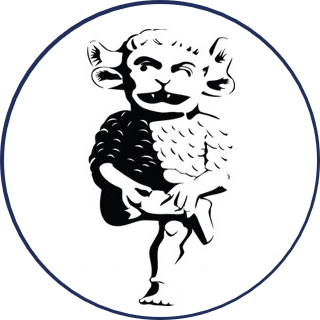
If you think of the term ‘vintage fashion’, it’s probably the clothing of the ’40s that springs to mind.
During the 1940’s the ideal desired figure for women changed again. Compared to the fuller figure of the late Victorian figure or the petite, flat chested style of the 1920’s, broad shoulders, slim waists and full hips were the body image most women sought to portray with their clothing.
Shoulder pads in blazers were common, as were tightly fitted blouses and A-line skirts that hung to the knee. This style encompassed much more of the everyday look for most women, even trousers (which were being worn more and more, despite still being oh so scandalous) were designed to emphasise a woman’s hips.
For the first half of the decade, the war very much affected women’s clothing. The term that defined female clothing was “utility”. Fabric rationing meant that most dresses reached the new and unknown territory of the knee, while the top half took on a very militant style, with shoulder pads which then created square or boxy necklines.
Despite the new strides in modernity allowing women to show their entire calf, cleavage was very much still a thing of the future. Much of this clothing was designed specifically so women could make it themselves, and they were taught the best ways the best ways that they could conserve their fabric.
Interestingly, this decade was the first time that ‘plus size’ fashion became an area of the market that had some attention paid to it. Fashion magazines and department stores carried “Stout” lines, specifically designed to help larger women feel stylish in dresses that catered to them, instead of the other way around.
A-line skirts became increasingly popular with teenage girls, who loved the freedom that the flowing skirts gave them, making them much easier to dance in. After the war ended designers really went crazy and added pleats and pockets, because nothing says ‘wild’ like pockets.

Once the war was over, everyday dresses for women began to become far more bright and colourful. The military, utility style became increasingly less popular, and the concept of “feminine fashion” was fully embraced.
Shoulders were no longer square and padded, but rounded and soft. Simple A-line skirts were replaced with full billowing skirts supported by petticoats, paving the way for the glamorous golden age of Hollywood.

